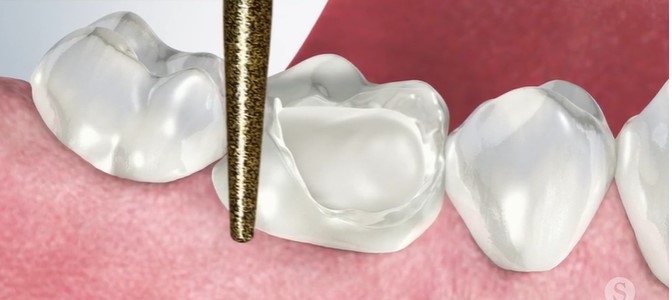
Cosmetic fillings, also known as tooth-colored fillings or composite fillings, are a type of dental filling used to repair teeth that have been damaged by decay or trauma. They are called cosmetic fillings because they are made of a tooth-colored material that can blend in with the natural color of your teeth, making them less noticeable than traditional silver or amalgam fillings.
The material used for cosmetic fillings is typically a composite resin, which is a mixture of plastic and glass particles. The resin is applied to the tooth in layers and then cured with a special light to harden it. This process allows the filling to bond directly to the tooth, providing a strong and durable restoration.
Cosmetic fillings are often preferred over traditional silver or amalgam fillings because they are more aesthetically pleasing and can be matched to the color of your teeth. They can also be used to repair small chips or cracks in teeth and to change the shape or size of teeth for cosmetic purposes.
Yes, cosmetic fillings, also known as tooth-colored fillings or composite resin fillings, are generally safe and effective. These fillings are made from a mixture of plastic and glass materials that can be customized to match the color of your natural teeth, making them a popular choice for those who want a more aesthetically pleasing option than traditional silver amalgam fillings.

Cosmetic fillings are typically placed in one dental visit, and the procedure usually takes about 30 to 60 minutes, depending on the size and location of the cavity. Here are the general steps involved in placing a cosmetic filling:
Numbing the area: The dentist will use a local anesthetic to numb the area around the tooth where the filling will be placed. This will ensure that you don't feel any pain during the procedure.
Removing the decay: The dentist will use a drill, air abrasion instrument or laser to remove the decayed portion of the tooth. Once the decay has been removed, the tooth will be cleaned and prepared for the filling.
Placing the filling: The dentist will place the composite filling material in layers, using a special light to harden each layer before adding the next one. This allows the filling to bond securely to the tooth and ensures that it will be strong and durable.
Shaping and polishing the filling: Once the filling material has been placed and hardened, the dentist will shape and polish it to match the contours of your teeth and ensure that it looks and feels natural.
After the procedure, you may experience some sensitivity to hot or cold foods and drinks, but this should subside within a few days. It's important to follow good oral hygiene practices, including brushing and flossing regularly and visiting your dentist for regular checkups, to ensure that your fillings last for many years.